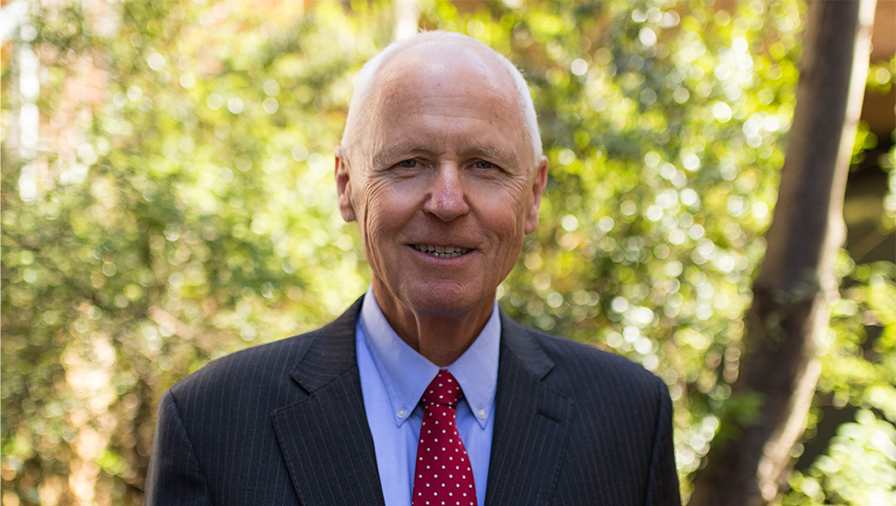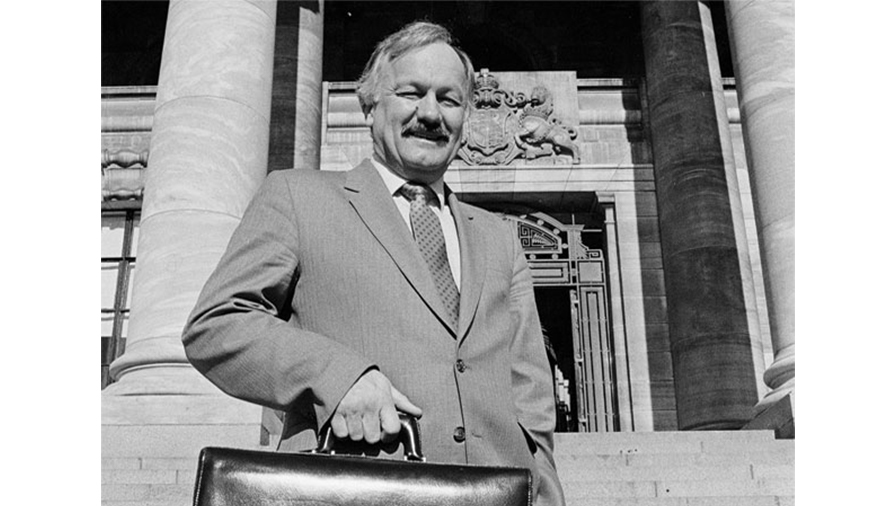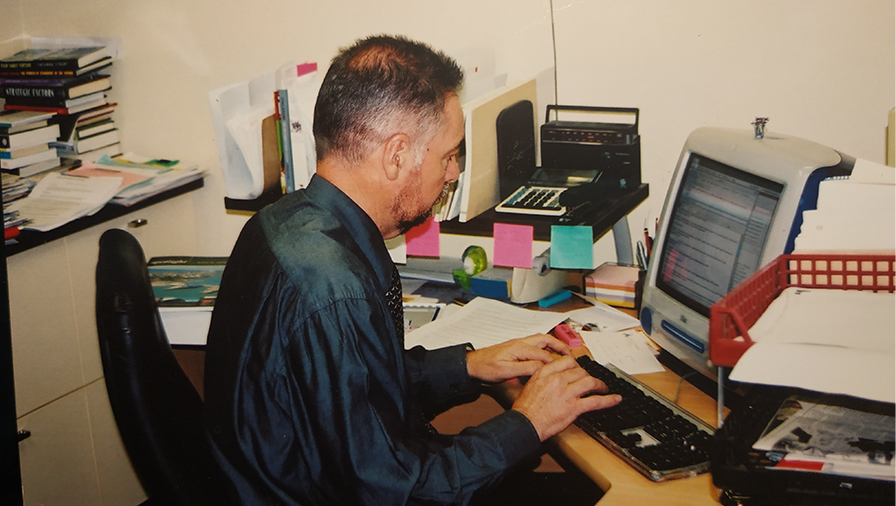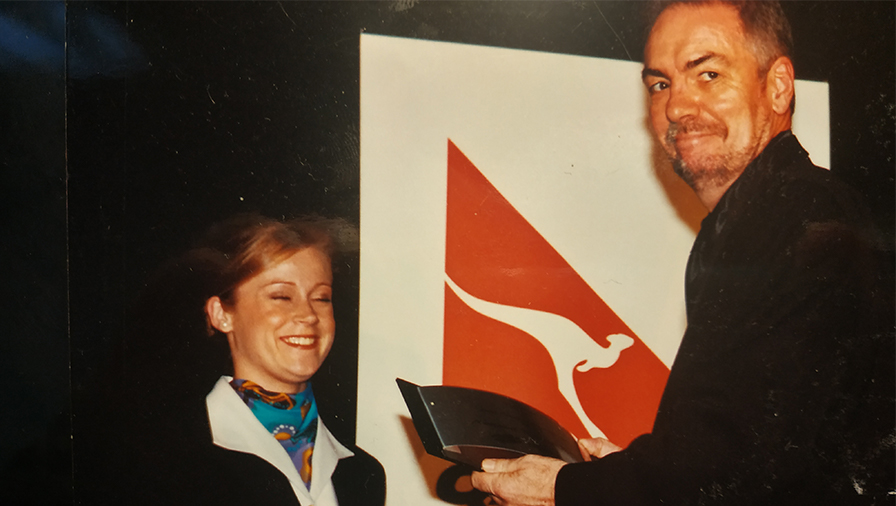NBR: the first 50 years
Launching publications is high risk. NBR has succeeded where many failed. Nevil Gibson looks back on the first 50 years.
Launching publications is high risk. NBR has succeeded where many failed. Nevil Gibson looks back on the first 50 years.
The 1970s: the timing was right
The post-war era of prosperity that had lifted New Zealanders to among the richest in the world began to tail off as the 1970s approached. The wool boom and easy access for farm products into the UK had ended, accelerating moves to diversify the economy and find new export markets.
Changes included the first moves toward free trade with Australia, decimalisation in 1967, cheaper air travel replacing ships, equal pay, and licensing liberalisation.
On Wednesday, August 26, 1970, when the first issue of The National Business Review appeared, the anti-Vietnam war movement was at its peak, as were protests over the Manapouri power scheme and French nuclear testing in the Pacific.
The National government would face an election within two years that saw ‘Time for a change’ Labour leader Norman Kirk swept into power and the rise of the Values Party, a forerunner to the international Green movement. The business community was largely an adjunct to a primary sector dominated by export marketing monopolies for meat, dairy, and other products. Business journalism was confined to reports of companies listed on regional stock exchanges, while the government was the major player in finance, insurance, tourism, most forms of transport, and forestry. Other industries, such as wood processing, shipping and energy, were regulated cartels.
While prosperity had lifted living standards to a point where some had declared no more need for industrialisation, the protest movement had highlighted other limits to enterprise, including publishing.
In Wellington, university students were at the forefront of such activity, with Alister Taylor’s launch of Affairs, a magazine for secondary school pupils, and Salient, Victoria’s student newspaper. Offset printing technology made it easier to start new publications and a former Salient advertising manager, Henry Newrick, saw an opportunity for a business newspaper.
Journalists were confined to working for state-owned broadcasting, daily newspapers, and a handful of magazines. But paid employment offered little of the student journalism freedom.

The first issues of NBR were edited by Barrie Saunders, a former co-editor of Salient. He left at the end of 1970 and NBR began the new year with a new company, Fourth Estate Publishing, formed by a group of mainly Victoria graduates with experience in journalism, graphic design, law, accountancy, marketing, and finance. Among them were publisher and journalist Reg Birchfield, marketing expert Ian F Grant, lawyer and long-standing chairman Hugh Rennie (now QC), and investor John Barnett (of South Pacific Pictures fame).
Three years later, Fourth Estate Holdings was formed to put the NBR on a sounder financial footing. The new shareholders included NBR staff and Geoffrey Palmer, who sold his interest a few years later when he became an MP, later becoming Sir Geoffrey in 1991. Palmer’s father was an editor of the Nelson Evening Mail, owned by the Lucas family and the country’s first web offset printer. Lucas played a critical role in ensuring the NBR could survive in a notoriously closed industry. The company established a printing plant at Paraparaumu, enabling the newspaper to be distributed overnight by air to Auckland and Christchurch for delivery to NZ Post centres and subscribers throughout the country.
The reporting staff included Saunders, Karl du Fresne (later editor of The Dominion) and Klaus Sorensen. Backing up this team, Birchfield recalled later, were “80 to 90 outside contributors, who have given us yeoman service – without them, NBR wouldn’t have made it.” They included political columnist Colin James, who had started as an anonymous contributor from the first issue and became the editor in the next decade.
Grant, the features editor, encouraged some of the country’s first long-form journalism, mostly in NBR spinoff publications such as NBR Marketplace (1972-77). One article, by du Fresne on brewing, ran to 13,000 words, Grant wrote in a memoir.
The NBR moved from a fortnightly to weekly publication in April 1974. To ease his load, Birchfield handed the editor role to Bob Edlin, formerly editor of NZ Truth and who had joined as a part-timer in 1976. By then, most of the original staff had moved on. Edlin recruited American-born Warren Berryman, who was new to journalism but quickly established himself as NBR’s leading investigator. He moved to Auckland, opening a full-time office and joining author Gordon McLauchlan, who had been a part-time contributor since 1974. Their copy was sent to Wellington on one of the first fax machines.
While the media landscape didn’t change much under the third Labour government, the country’s fortunes continued to slide. The entry of the UK into the EEC, the first ‘oil shock’ and a declining, pegged currency were too much for a trade union-backed government and an unsophisticated business establishment.
The 1980s: change of direction
The Muldoon government, elected in 1975, promised change and less regulation. But by 1980, New Zealand had slipped from fifth in the OECD to 19th. However, the NBR’s circulation continued to climb in a faltering economy and calls increased for seismic change. The battle to control inflation, which had reached 17%, and lack of growth led to more of the wage and price controls that had failed under Labour. Interest rates, rents, dividends, and the currency were also fixed in a futile attempt to protect declining living standards. Personal income taxes reached 66% on average wages.
Change finally occurred with a snap election in July 1984, triggered by the defection of National’s anti-nuclear MP Marilyn Waring. The new Labour government was elected amid a foreign exchange crisis. The mood for change also came from the right, with the free-market New Zealand Party founded by Sir Bob Jones picking up 12% of the vote.
The government, led by David Lange and Sir Roger Douglas, immediately began to implement changes that had long been debated in the NBR: deregulating the financial sector controls, eliminating farm subsidies and import licences, halving the top tax rate to 33%, introducing GST and reducing or selling inefficient and over-staffed government businesses.
All were in Douglas’ book There’s Got to be a Better Way, published by Fourth Estate in 1980, and the Treasury’s own briefing paper for the new government, Economic Management.

The reforms fired up business and the sharemarket, as private capital poured into speculative shares. NBR’s enviable reputation for its coverage of the 1970s corporate collapses – from JBL and Cornish, to Circuit and Securitibank – now included a flood of company floats, many of dubious value.
The boom lifted the company’s fortunes, with ownership of Fourth Estate passing in late 1980 to CCL (Computer Consultants Ltd), a listed company.
In 1982, Birchfield moved to Auckland after acquiring Management magazine and establishing Profile Publishing. Grant severed his ties the following year in 1983, leaving Rennie as chair until he resigned in 1988. Managing editor Edlin moved on in 1985, as did Berryman, to form their own news agency.
CCL was acquired by John Holdsworth’s Trilogy Group (later Datacom). He sought a media investor, resulting in Ray Smith’s Rotorua-based United Publishing and Printing (UPP) taking a 15% interest in Fourth Estate.
About this time, Sydney-based John Fairfax & Sons, Australia’s largest newspaper group, was considering a Kiwi version of its daily Australian Financial Review. It was rebuffed by New Zealand Herald owner Wilson & Horton but not Holdsworth, who sold a 50% shareholding and later full control to Fairfax. Holdsworth and UPP could not take the risk, so Fairfax was free to ramp the NBR up to a daily, Monday to Friday operation. This occurred in 1987, by which time the editorial staff had expanded in both Wellington and Auckland as well as full-time reporters in Rotorua and Christchurch. The sharemarket boom was not to last.
Stresses in the local economy became apparent by early 1987 and Wall Street finished it off with Black Monday on October 19 (Tuesday 20 in New Zealand). A period of uncertainty followed as a leveraged buyout by ‘young’ (26-year-old) Warwick Fairfax who put the Australian company into receivership.
For a time, the NBR looked as if it would end up with the AFR under Perth-based Robert Holmes A-Court. But this, too, failed.
A half-share in NBR was put up for sale. The only taker was Hamilton publishing entrepreneur Barry Colman, whose journalism career had started in Rotorua at UPP.

Colman’s rescue plan included a shift of the headquarters from Wellington’s humble Blair St off Courtenay Pl to an Auckland high rise in Symonds St. Printing shifted north to Times Colour Print at Warkworth. This brought more staff changes, with the existing Auckland office taking control, a downsizing of Wellington-based staff and the recruitment of journalists from The Sun, a short-lived Brierley-owned Auckland daily.
The end of the 1980s was a period of recession and the most difficult in NBR’s history as Colman and his team brought costs under control. The reorganised Fairfax asserted a new bid for control as two of its business journalists, Stuart Simson and Bob Gottliebsen, bought Colman’s interest.
The NBR came under the umbrella of their Melbourne-based Business Review Weekly. But they found the going tougher than expected when Colman in retaliation launched a weekly called The Examiner with Berryman as editor.
The 1990s: A new era
Colman was soon back in the picture at the NBR after Wilson & Horton again passed on a deal. He took full control and merged the two publications in September 1991 – the same month that at least one NBR contributor declared the economy had finally turned the corner.
Daily publication ceased and the NBR reverted to a weekly, incorporating its colour magazine into a single glossy product that remained until this year. Advertising boomed in the final months of that year, enabling Colman to pay off his debt.
The Rogernomic reforms benefited mainly business as the country moved into a period of stability. The election of the Bolger government and Ruth Richardson’s ‘Mother of All Budgets’ in 1991 signalled a tougher approach to welfare dependency and trade union control over business.
While some of Labour’s anti-American foreign policy was retained in continuance of a nuclear-free zone, Bolger acted decisively to end compulsory unionism and introduce employment contracts to replace industry-based wage agreements.
NBR’s advocacy of neoliberal policies further boosted its readership, advertising and influence. Other weekly publications took a different slant but none survived, except the Sunday editions from the large newspaper groups.
The NBR continued to attract top editorial talent, including Fran O’Sullivan, who covered the winebox affair and was editor from 1993-96.
James, who had replaced Edlin as editor in 1983 for four years and handed over to Jim Eagles for two years, remained the doyen of political punditry. His NBR columns lasted into the next millennium.
Other notable columnists included Gareth Morgan, Bryan Gaynor and Rodney Hide (before and after his period in politics). Investment analyst Peter V O’Brien, who had been a contributor from the 1970s, media maven Warren Mayne, and author Graeme Hunt made valuable contributions during their lifetimes. Specialists dominated the long list of bylines: David Barber on trade, Rufus Dawe and Neville Bennett on economics, Jacqueline Rowarth and Hugh Stringleman on agribusiness, Bryce Wilkinson and Roger Kerr of the NZ Business Roundtable.
The good times enabled Colman to broaden the NBR’s reach through sponsorships, including the Budget Breakfasts, NZ Business Hall of Fame and NZ Opera in the arts.

After 2000: A tale of two crises
The second decade of Colman’s ownership coincided with the three-term Fourth Labour government under Helen Clark and Sir Michael Cullen. This, too, was a period of prosperity for the business sector but it too ended, as it had 20 years earlier, with a bust in the global financial crisis.
The collapse and government bailout of Air New Zealand in 2001 exposed the limitations of business strategies and the government was pressed into some tidying up.
The NBR’s coverage of the tech sector contributed to the decision to break up Telecom. Controversies included Simon Carr’s exposé of the Tainui funds affair; Hunt’s investigation of the Cave Creek tragedy; and Jock Anderson on the high legal costs of some Maori forestry trusts.
The NBR had opposed MMP in the 1993 referendum on grounds it would cause political instability. That proved accurate with the addition of new parties into Parliament, including some fervently opposed to business.
But the removal of politics from business was generally positive for the country. Cullen’s three terms as finance minister earned him the NBR’s accolade as politician of the year on several occasions.
In September 2008, the NBR ran one of its few billboard covers as the collapse of Lehman Bros on Wall Street heralded a “Capitalism in Crisis” on a global scale.
National, led by Sir John Key and his finance wingman Sir Bill English, returned to power a few months later. They managed their way through the crisis, assisted by cool heads at the Reserve Bank.
The NBR had expressed concern about the growth of the unregulated non-bank finance sector, which was virtually wiped out. A Serious Fraud Office inquiry into events surrounding the collapse of South Canterbury Finance led to demands for NBR’s sources.
Jail was threatened for the editor but the law prevailed as publisher Colman personally delivered the required documents amid publicity about lack of protection for the media under the SFO legislation.
Legal battles featured throughout the NBR’s history but few succeeded despite attempts by lawyers acting for aggrieved clients.
In 1982, when the milestone of 500 issues was reached, Fourth Estate had clocked up $2.5 million in writs. But total settlements were only $10,000 when a tally was made in 1990 and no case had been lost.
This record continued under Colman, who had a ‘publish and be damned’ philosophy. One case was settled on the courtroom steps just as a hearing was about to start.
NBR’s reputation for defending its rights was generally respected by both the legal community and the judiciary, though the defamation law remains a costly burden. In a recent decision, a judge fixed legal costs at $400 an hour, 10 times what senior journalists are paid.
Successive NBR publishers stayed at the forefront of technological change, with offset printing, computerised typesetting and digital composition all being quickly adopted. But sometimes they were too far ahead of progress.
The first NBR website, masterminded by Graeme Colman, was a pioneer in introducing a paywall from day one. That didn't work out so well but lessons were learned for when a proper paywall was later introduced. In 2000, American-born Frank Till became webmaster, scoring some major hits with dramatic scenes of the 9-11 terrorist attacks of 2001 and the 2004 Boxing Day tsunami in Thailand.
In both cases, NBR Online scooped the local competition. After the website became an in-house operation again in 2006, Till moved to Parliament where he ran digital communications for National leaders Don Brash and John Key.
The internet brought far-reaching changes to journalism, not the least of which was to make print deadlines superfluous. Publishers found revenue from print advertising was in terminal decline. When Colman sold the Fourth Estate business to his sales manager Todd Scott in 2012, the website showed the path to the future. NBR Online was already the leading paywalled business news site and Scott would then introduce daily audio in 2015 and daily video from 2017.

Among the casualties were satirical features that while recognisable as such in the print medium took on new meaning when available to wider audiences. This descended into the ridiculous as intentionally “fake news” columns were subject to legal complaint or public outrage.
The legacy of NBR’s first 50 years in print has finally “gone to press” and all associated with it can now look forward to the next 50.
Nevil Gibson was appointed editor in 1989 and held senior editorial positions until his retirement in 2019. He worked at the NBR in the 1970s and rejoined the staff as business editor in 1985.